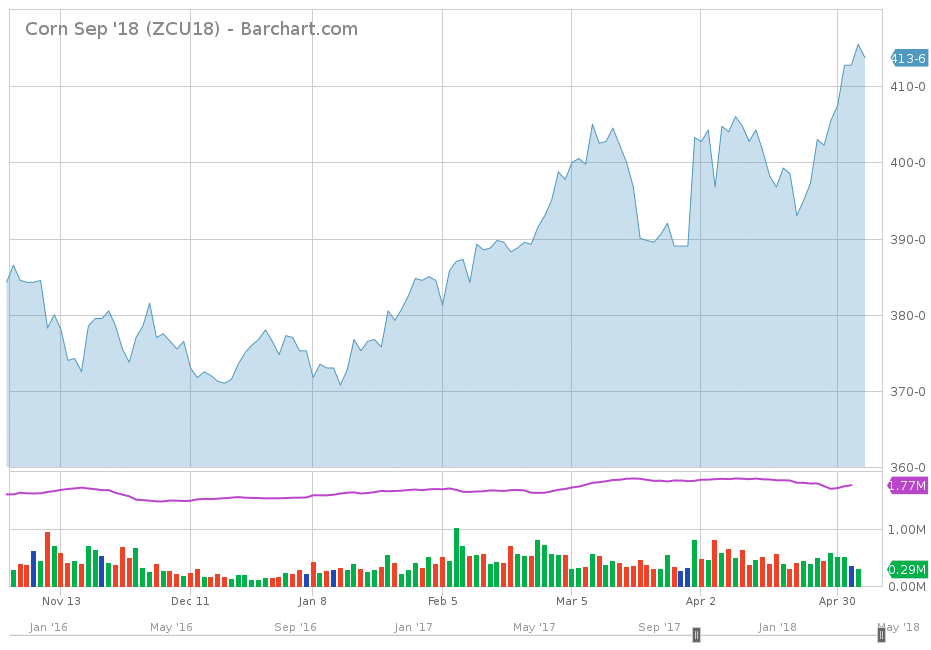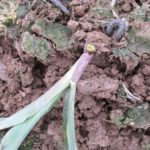Corn, cotton, and wheat were up; soybeans were down for the week.
Since the USDA released the Prospective Plantings report on March 29th, commodity prices and the price relationships between commodities have changed dramatically. For reference, the March 29th report estimated: corn acres planted at 88.026 million; soybean acres planted at 88.982 million; cotton acres planted at 13.469 million; and wheat acres planted at 47.339 million (spring wheat – 14.631 million acres). Since the report release, the harvest futures contract for each commodity (corn – December; soybeans – November; cotton – December; and wheat – July) has changed as follows: corn up 9 ½ cents ($4.11 ½ to $4.21); soybeans down 10 ½ cents ($10.47 ¾ to $10.37 ¼); cotton up 2.84 cents (77.73 to 80.57 cents); and wheat up 57 ¾ cents ($4.68 ½ to $5.26 ¼). Without considering other factors, such as planting weather and input costs, this change in relative prices would indicate potential increases for wheat (Northern Plains) and cotton Southern Plains and Southeast) at the expense of soybeans (or other crops, such as sorghum). Additionally, increased prices could pull more acreage into production, the Prospective Plantings report had principle crop acres planted decreasing 1.158 million acres (319.147 to 317.989 million acres), compared to 2017. Continue reading at Tennessee Market Highlights.




